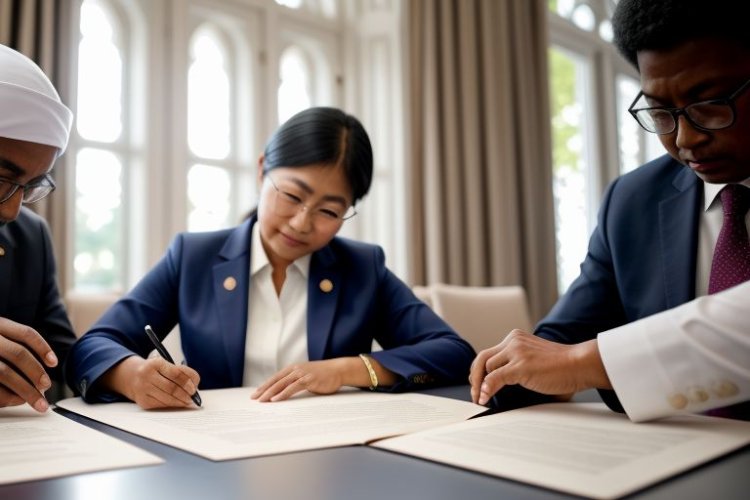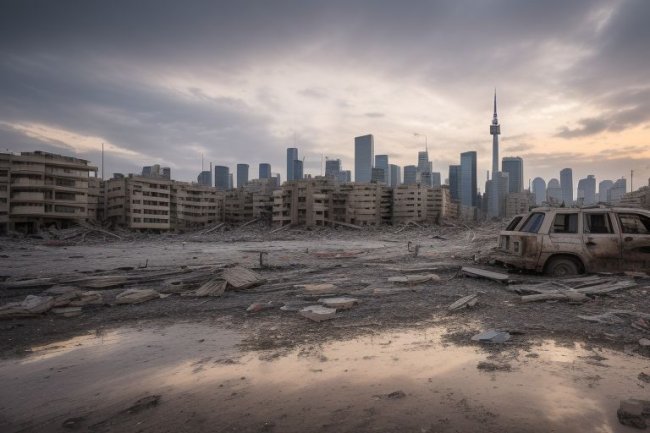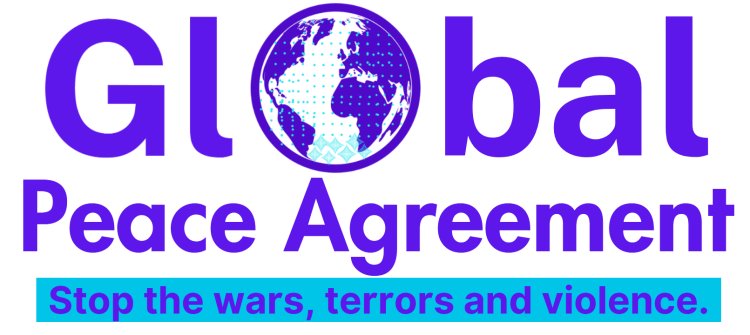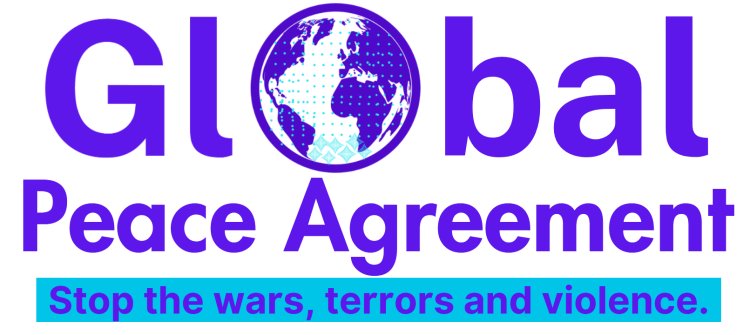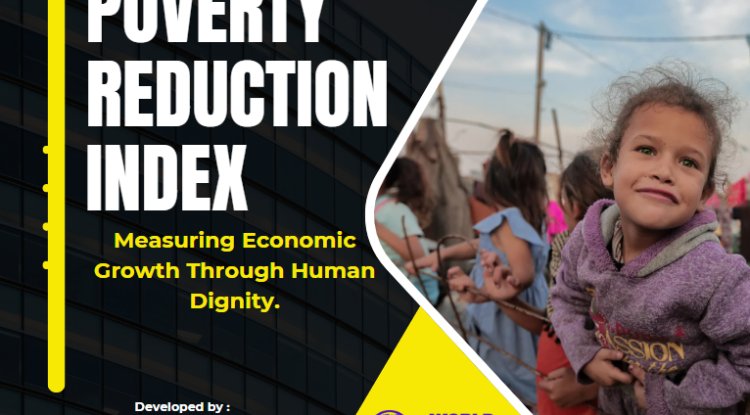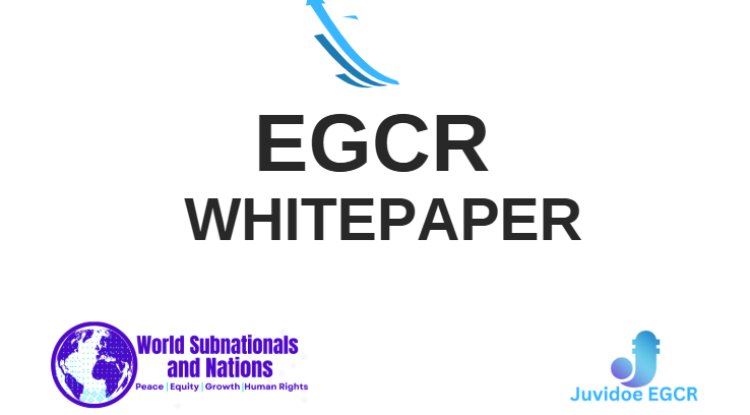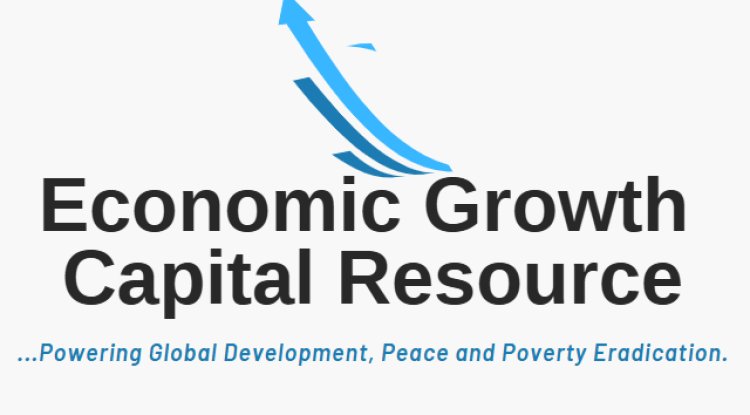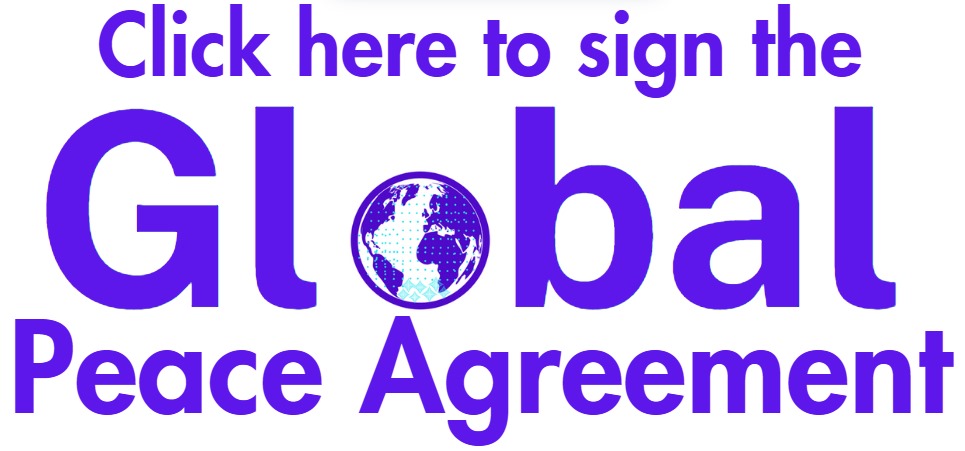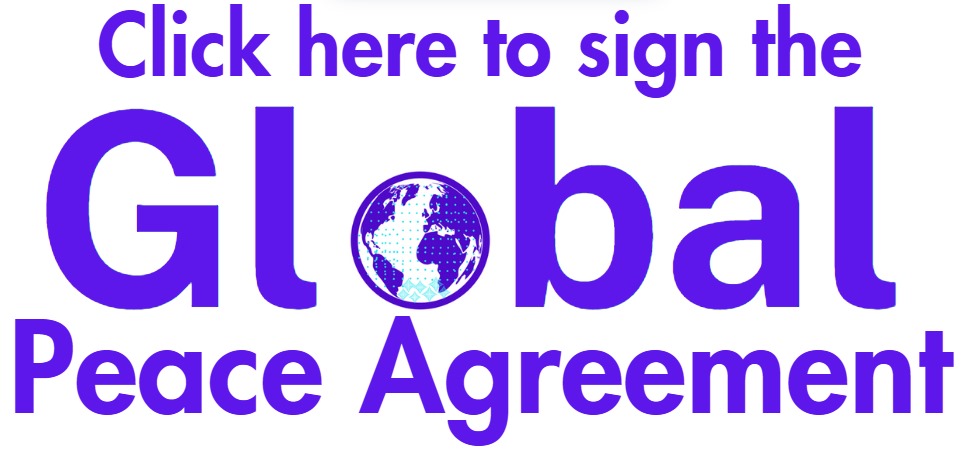Global Peace Accord: Outlawing the Use of War
In the ever-evolving landscape of global dynamics, characterized by the transition to a post-industrial, multipolar world order, and the continuous development of society, the pursuit of lasting peace stands as a paramount objective. In this effort, it is crucial to create a framework paradigm that accepts many peacebuilding strategies, stimulating fresh viewpoints and a better understanding of peace and peacebuilding's theoretical and practical objectives.
Conventionally, international relations have been predominantly preoccupied with the analysis of interstate interactions. However, the emerging discipline of peace studies sheds light on the significance of social relations in fostering a peaceful world. By encompassing various dimensions and contexts, peace studies open avenues for exploring unique pathways to achieve and expand peace, encompassing diverse perspectives and conditions under which this noble vision can be realized.
This chapter embarks on a quest to delineate the foundations of a framework for global approaches to peace. Through a comprehensive exploration of different perspectives, it aims to unravel the intricate web of interconnected elements that underpin the pursuit of peace in a world marked by complexity and diversity.
At the heart of this endeavor lies the aspiration to outlaw the use of war as a means of conflict resolution. As nations and societies grapple with the consequences of armed conflicts, the imperative to foster dialogue, understanding, and cooperation takes precedence over the destructive path of violence. The Global Peace Accord, envisioned in this framework, dauntlessly calls for the renunciation of war as a legitimate tool in settling disputes, aiming to transcend boundaries and ideologies to forge a common commitment to peace.
This visionary accord seeks to transcend the traditional boundaries of international relations and peace studies by amalgamating various disciplines and perspectives, delving into the multifaceted nature of peace, and exploring the interconnectedness of social, political, and economic factors in shaping a peaceful world.
This chapter endeavors to lay the groundwork for a comprehensive understanding of the proposed Global Peace Accord. Shedding light on the major areas of existing research offers a guiding beacon for future investigations, igniting a collective quest for a world where the echoes of war are silenced and the harmonious symphony of peace resounds. As we embark on this transformative journey, the vision of a world outlawing the use of war beckons us to embrace unity, dialogue, and cooperation as the catalysts for a brighter and more peaceful tomorrow.
Arguments For A Global Treaty To Prohibit War As A Means Of Conflict Resolution
In the ever-changing landscape of global dynamics, the call for a global treaty to prohibit war as a means of conflict resolution emerges as a visionary endeavor. This transformative proposal seeks to address the complex challenges of our time by fostering an environment of peace, cooperation, and diplomacy. In this comprehensive discussion, we explore the multifaceted arguments in favor of such a treaty, backed by comprehensive research and a commitment to a more harmonious world.
At the core of the argument lies a compelling humanitarian imperative. The devastating impact of armed conflicts on civilian populations cannot be overstated. Innocent lives are lost, families are torn apart, and war violence displaces communities. By enshrining a treaty that unequivocally condemns war as a conflict resolution tool, we emphasize the value of human lives and prioritize the protection of vulnerable populations.
Beyond the humanitarian aspect, a global treaty against war aligns with the pursuit of sustainable development and progress. The exorbitant costs of military expenditures drain valuable resources that could otherwise be channeled into essential areas such as education, healthcare, and poverty alleviation. Redirecting these funds towards peaceful endeavors empowers nations to invest in their citizens' well-being, fostering greater prosperity and elevating the standard of living.
Crucially, the treaty encourages a paradigm shift towards diplomacy and peaceful conflict resolution. Instead of resorting to violence, nations are urged to engage in dialogue, negotiation, and mediation to address their differences. This approach promotes lasting solutions founded on trust, cooperation, and mutual respect. Diplomacy becomes the cornerstone of resolving disputes, and a shared commitment to peace binds the international community.
The environmental dimension of a treaty prohibiting war cannot be overlooked. Armed conflicts leave behind a trail of destruction, polluting the earth and disrupting ecosystems. Toxic chemicals, deforestation, and the devastation of natural habitats have far-reaching consequences on the planet's health. By embracing a treaty that renounces war, we pave the way for preserving our environment and promoting sustainable development.
In cultivating a culture of peace, the treaty serves as a powerful catalyst for change. It inspires nations to celebrate diversity, cultivate empathy, and embrace cooperation as a means to resolve conflicts. The treaty encourages individuals and communities to transcend borders and work together towards a shared vision of peace by fostering a sense of global citizenship.
The proposal for a global treaty to prohibit war as a means of conflict resolution is not a mere idealistic aspiration but a pragmatic and necessary step towards a more peaceful world. The arguments in support of such a treaty underscore its transformative potential, grounded in compassion, diplomacy, and a shared commitment to humanity's collective well-being. By embracing the vision of a world outlawing the use of war, we take a decisive stride towards a future where cooperation, dialogue, and understanding prevail over violence and animosity. As we navigate the complexities of the modern world, the pursuit of peace must become our shared responsibility and the foundation upon which we build a more harmonious tomorrow for generations to come.
Challenges And Objections To Achieving A Comprehensive Peace Accord
In the pursuit of lasting peace, nations, and societies encounter a myriad of challenges and objections that pose significant barriers to achieving a comprehensive peace accord. Thorough research reveals key challenges and objections that hinder the path to peace, making peace-building a complex and intricate process.
One of the primary challenges lies in deep-rooted historical grievances that fuel animosity between conflicting parties. Historical injustices, territorial disputes, and unresolved conflicts cast a long shadow over the present, making it difficult to foster trust and cooperation among parties.
Intractable conflicts characterized by deep-seated hostilities and entrenched positions present a major obstacle to peace accords. Parties are often unwilling to compromise or engage in meaningful dialogue, and the persistence of violence further complicates the peace process.
Power struggles and geopolitical interests also play a significant role in hindering peace accords. Conflicting interests among influential nations and regional powers can complicate peace negotiations, as these actors may seek to advance their strategic agendas at the expense of peace and stability.
A critical objection to many peace accords is the lack of inclusivity and representation in the negotiation process. Peace negotiations often involve a select group of elite actors, neglecting the voices and concerns of marginalized communities and minorities.
The successful implementation of disarmament, demobilization, and reintegration (DDR) programs presents significant challenges in post-conflict settings. Demobilizing and reintegrating former combatants into society requires comprehensive support and resources to ensure their successful reintegration and prevent a return to violence.
Peace processes often face opposition from spoilers and saboteurs - individuals or groups seeking to undermine or derail the peace accord for their own vested interests. Identifying and countering the actions of spoilers becomes crucial in safeguarding the progress toward peace.
Socioeconomic inequalities and grievances can fuel unrest and perpetuate cycles of conflict. Addressing socioeconomic disparities and ensuring inclusive development becomes essential in building a foundation for lasting peace.
Post-conflict settings often face security challenges and the risk of relapse into violence. Navigating the delicate balance between security and peacebuilding efforts is vital to sustaining the gains made in the peace process.
The involvement of external actors in conflict-affected regions can either support or undermine peace efforts. Striking a delicate balance between international involvement and respecting national sovereignty is essential in fostering a conducive environment for peace.
Addressing historical crimes and promoting reconciliation need transitional justice procedures such as truth-and-reconciliation commissions and accountability systems. However, implementing these processes is challenging, as it requires balancing the need for justice with the imperative of reconciliation and building a common future.
Achieving a comprehensive peace accord is challenging and complex, necessitating creative and innovative approaches to overcome these hurdles. Addressing historical grievances, embracing inclusivity, countering spoilers, and fostering a culture of peace are essential components of a successful peacebuilding strategy. As we navigate the terrain of peacebuilding, our unwavering dedication to fostering global understanding and cooperation becomes the bedrock upon which we build a world where the symphony of peace replaces the echoes of war.

